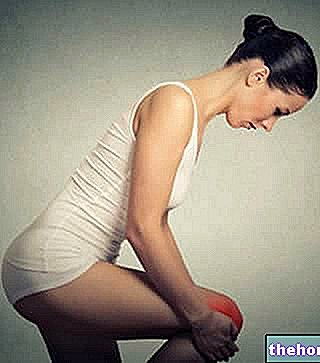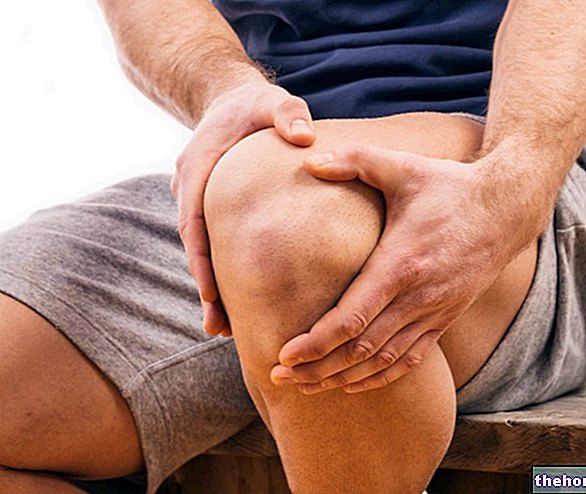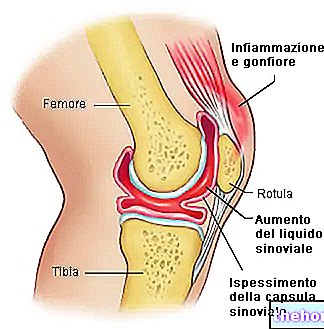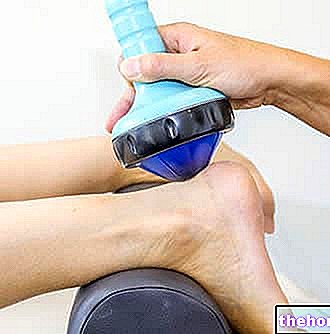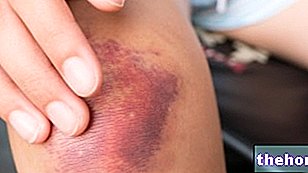Edited by Dr. Giovanni Chetta
Mild scoliosis
The treatment of mild scoliosis (up to about 40 degrees Cobb) involves a non-bloody therapy based classically on kinesitherapy (sometimes accompanied by selective electrostimulation of the paravertebral musculature) and, for more serious situations, on the use of the brace. Declared end of the classic bloodless treatment is to stop or slow down the evolution of the scoliotic curve.
There are also various alternative and / or complementary proposals.
There are conflicting positions in the literature regarding the use of physical exercises for the treatment of scoliosis. Since this is a very complex (and mostly still unclear) idiopathic pathology, obviously the therapies can only be based on hypotheses to be verified case by case. However, it is my firm belief, based on the concepts and experiences described below, that exercises (and sports) that bring / favor as much physiological functionality as possible of the spine and of the rest of the main articular hinges involved in the walking process, can only result useful. Physical activity must consider all aspects concerning the biomechanical aspect: myofascial, articular, proprioceptive, neuromotor. Forced attitudes (physically and psychologically) or even worse tending to joint blocking present, in my opinion, very little chance of success because they are excessively in contrast with the laws of human biomechanics.
Among the wide range of alternative (or complementary) techniques, on whose efficacy or otherwise there are various scientific studies with often contradictory results, I will mention some that have in any case entailed a profound influence in the biomechanical field and in health in general: osteopathy, founded by the American doctor Andrew Taylor Still in 1874, the rolfing (structural Integration) founded by the American biochemist Ida Rolf in 1971, the connective tissue massage that the German physiotherapist Elisabeth Dicke began to teach starting from 1942, the most effective therapeutic massage of the doctor Italian Giovanni Leanti La Rosa, the techniques of Mézières defined in 1947 by the French physiotherapist Françoise Mézières, the chiropractic created in the state of Iowa (USA) in 1895 by the Canadian merchant and expert in magnetotherapy Daniel David Palmer and the ergonomic biomechanical anthropometric method of the Italian biologist Tiziano Pacini .
L"osteopathy is based on the assumption that the vegetative nervous system constantly carries out an "autonomous action of control / regulation of the homeostasis of the whole organism and that this activity is manifested somatically. Great importance is assigned to the arterial circulatory system as a source of health. Osteopathy" treats physiological dysfunctions, highlighted through certain tests, through specific myotensive and fascial techniques, passive and active joint mobilization and vertebral manipulations (osteopathic OMT manipulation). The aim is to recreate a situation within the physiological limits of normality (Still, 1899). In 1901 W.G. Sutherland, a pupil of A.T. Still, added the craniosacral technique which, through very light manual skills, aims at the rebalancing of the "primary respiratory movement" due to the rhythmic flow of the cerebrospinal fluid and highlighted by the rhythmic movement of expansion and flexion of the bones of the skull and the sacrum (Sutherland, 1944).
The rolfing it represents a systematic and specific sequential treatment (cycle of 10 sessions), slow and deep, of the connective bands of the different body segments, combined with specific physical rehabilitation exercises for a fluid and correct body movement. The aim is to optimize the alignment of the human structure and refine the perception of the body in the surrounding space (Rolf, 1996).
The connective tissue massage aims at physiological rebalancing by means of the "cuti-visceral reflex" aroused by irritative or calming stimuli transmitted to the skin and subcutis (superficial connective tissue band described below) by the therapist's hand, able to act on deeper tissue structures up to the organs interior; transmission goes from the treated dermatome to the corresponding segment of the spinal cord and expands from there (Dicke, 1987).
A A.T. Still, E. Dicke and I. Rolf, among other things, the merit of having understood, among the first, the immense importance of the connective tissue with regard to the general health of the organism must be recognized.
"The soul of man, with all its springs of pure living water, seems to gush into the fascia of his body. When you come to terms with the fascia, you deal and work with the branches of the brain subject to the same laws as the neighborhood. general, as if you were working with the brain itself: so why not treat the fascia with the same degree of respect? " (Still, 1899)
The highly effective therapeutic massage it synergistically combines various Eastern and Western techniques selecting the manual skills deemed most effective as they most respond to the physical and psychological needs of the "civilized" man. It consists of various slow and deep myofascial manual skills, passive joint mobilization, tractions and stretching. GL La Rosa was the first to give relevance and scientificity to the therapeutic power of deep relaxation, aroused by specific manual techniques, capable of triggering the body's own self-healing processes. (Leanti La Rosa, 1990, 1992).
The Mézières method it is substantially based on the assumption of specific postures that induce, thanks to the support of an expert, a harmonious lengthening of the myofascial chains with the aim of normalizing body alignment. In addition to his method, F. Mézières introduced two concepts that they have revolutionized the concept of medical gymnastics and more: the muscular chain (demonstrating that muscles never act individually but according to definable chains) and "lumbar hyperlordosis as primary deformation (Mézières, 1947, 1949); thus anticipating what T. Pacini, thanks also to electronic instruments, scientifically demonstrated and justified.

"A subluxated vertebra is the cause of 95% of diseases ... The remaining 5% is caused by subluxations that do not affect the spine"
(D.D. Palmer, 1910).
T. Pacini, through research carried out using electronic systems (static and dynamic baropodometry and stabilometry), demonstrated the accuracy of the concept of primary lumbar hyperlordosis introduced by F. Mézières, quantifying its extent and indicating its primary cause: the flat ground. The Biomechanical Anthropometric Ergonomic method it therefore carries out specific studies and uses of ergonomics (by means of ergonomic systems such as insoles, footwear and occlusal splints) for the rebalancing of posture. T. Pacini is credited with having created and spread the concept of postural ergonomics as an indispensable tool adaptation for the "man of the modern era" to an artificial environment that is not very physiological by defining a specific baropodometric analysis and monitoring protocol (Pacini, 2000).
"As smoke pollutes the lungs, so the level ground pollutes the posture"
(T. Pacini, 2003)
For situations considered to be more serious, we normally recommend the use of various types of corsets, made of plaster or fiberglass, with the aim of exerting a continuous and / or increasing traction on the spine. They are usually applied during the growth period until the end of bone maturation.
Among the most important corsets we mention:
- high corset (Milwaukee type), indicated for any type of scoliosis;
- axillary corset (Lyonnaise type) for lumbar or back-lumbar scoliosis;
- low corset (Lapadula type) for lumbar or back-lumbar scoliosis.
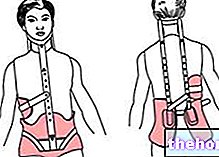
New braces are continually being proposed which claim to correct errors in previous braces. Objectives sought in the design of the corsets, from the functional point of view, are the three-dimensional rigidity. Although these corsets admittedly prevent flexion, lateral bending and rotation of the trunk, their supporters declare that the adolescent can lead a practically normal life pushing them in some cases to play quite complex sports from a motor point of view such as gymnastics. as usual, they do not go beyond the conservative ones.
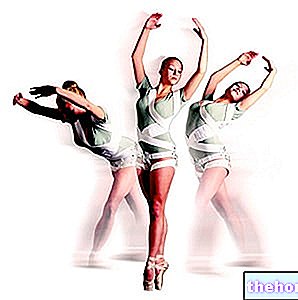
This type of brace allows a potential use in combination with other techniques (including ergonomics), in my opinion, of very high scientific interest.
Severe scoliosis

Resorting to the cruel treatment of idiopathic scoliosis can be recommended in the presence of scoliosis with a high probability of significant evolution and of a very high Cobb degree (not less than 40-45 °). It is a complex procedure involving a surgical fixation (arthrodesis) of the spine. A "posterior vertebral arthrodesis (through bone transplantation on the posterior aspect of the vertebral arches affected by scoliosis) is usually performed, associated with a" metal rod fixed and put under tension on the extreme vertebrae of the scoliotic curve so as to make the "correction" stable and permanent. . The post-surgical phase provides for spinal immobilization through the use of a plaster cast for a few months as well as physiotherapy rehabilitation (with the attempt to limit the numerous and enormous collateral effects resulting).
With the exception of very severe childhood cases (eg neurofibromatosis), surgical treatment is performed after spinal growth (15-17 years of age) in order to prevent arthrodesis from interfering with bone growth.
The declared purpose of the treatment is to block the deformity by preventing its evolution thus avoiding organic complications, etc.
Following this surgery, there is a permanent loss of spinal movements. Therefore, there are still many conflicting opinions and perplexities about the "advisability of" surgery.
Other articles on "Treatment of Scoliosis"
- Prognosis of scoliosis
- Scoliosis - Causes and Consequences
- Scoliosis Diagnosis
- Extra-Cellular Matrix - Structure and Functions
- Connective tissue and Connective fascia
- Connective Band - Features and Functions
- Posture and tensegrity
- Man's motion and the importance of breech support
- Importance of correct breech and occlusal supports
- Idiopathic Scoliosis - Myths to Dispel
- Clinical case of Scoliosis and Therapeutic Protocol
- Treatment Results Clinical Case Scoliosis
- Scoliosis as a natural attitude - Bibliography

